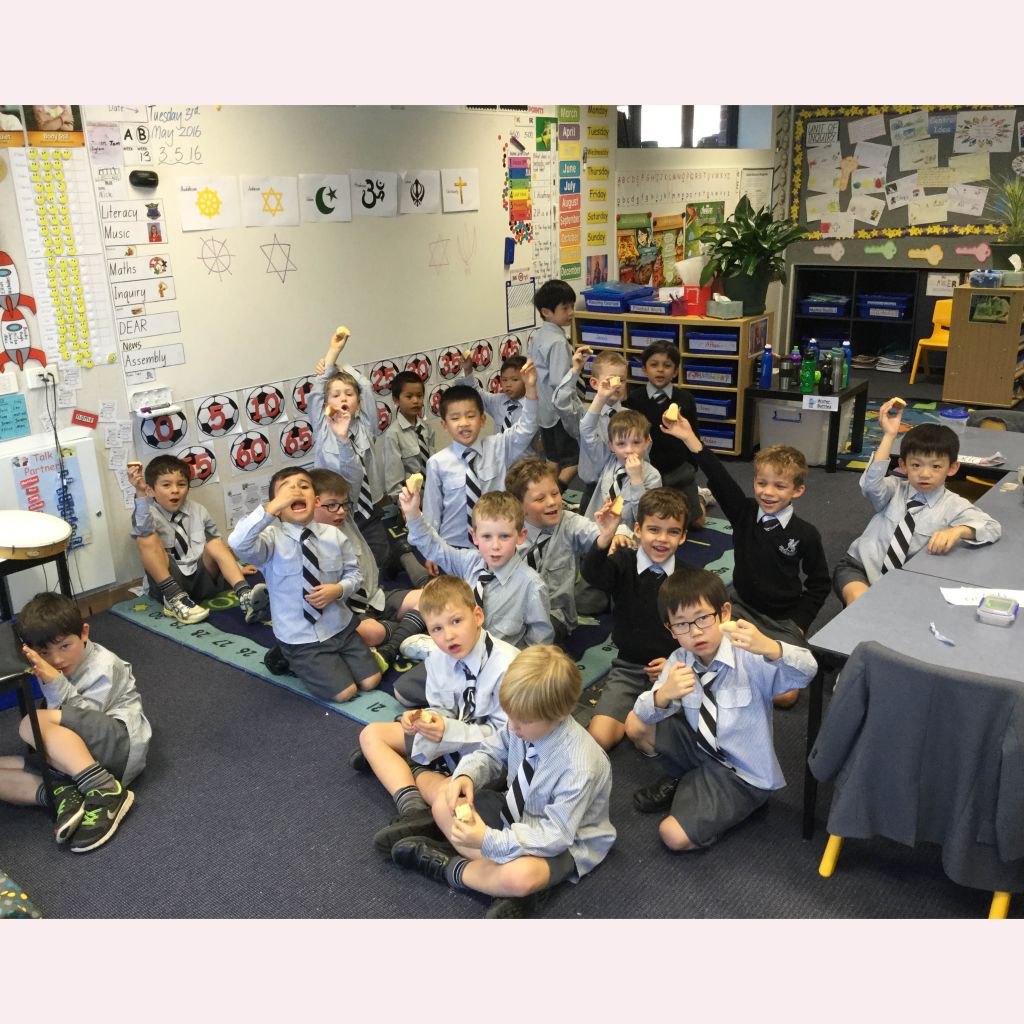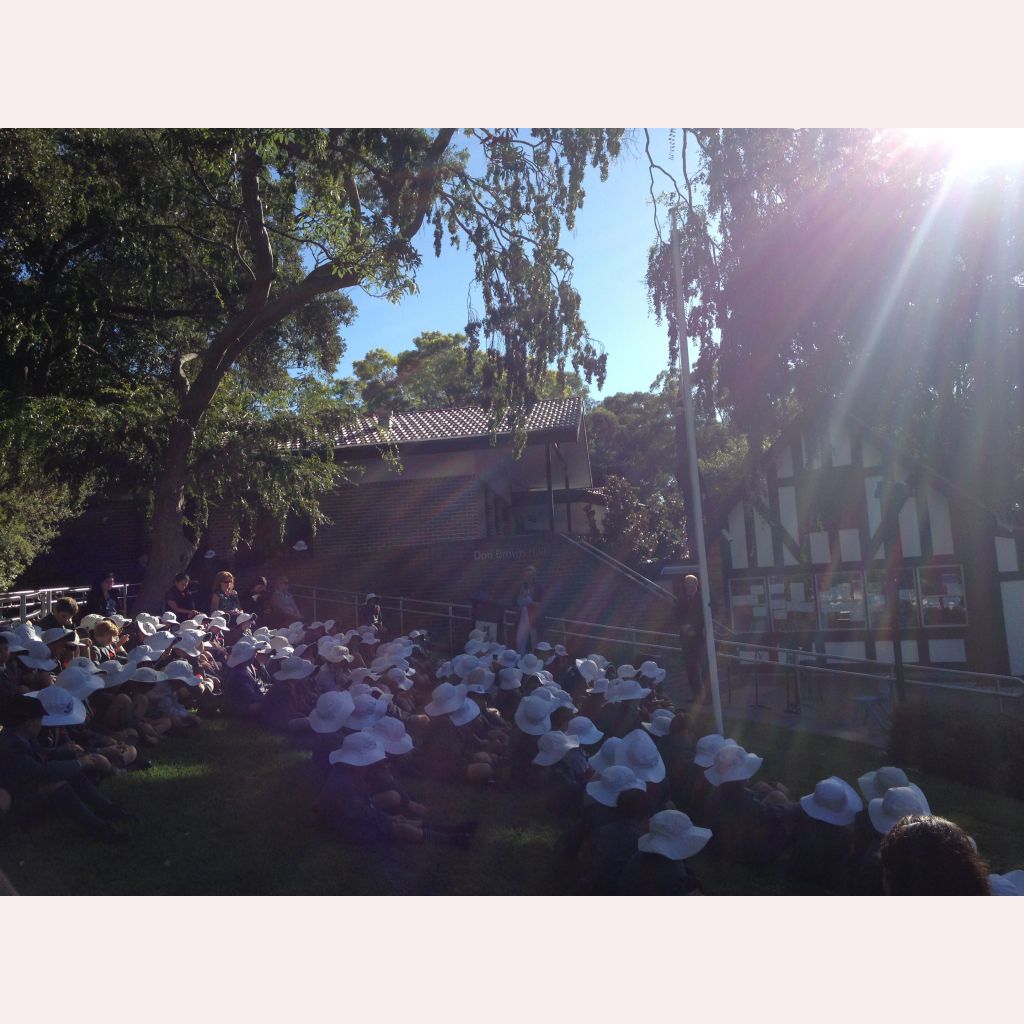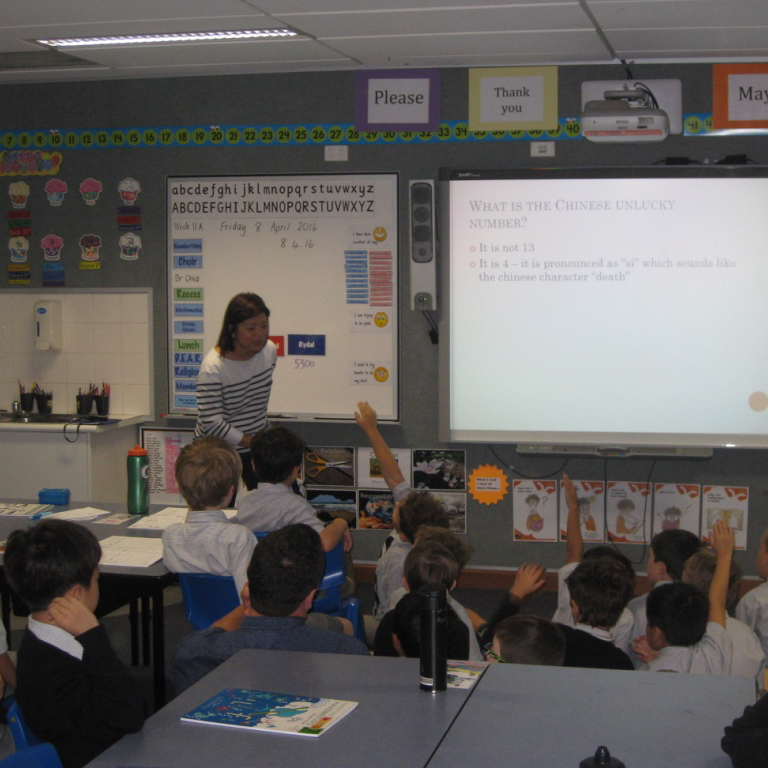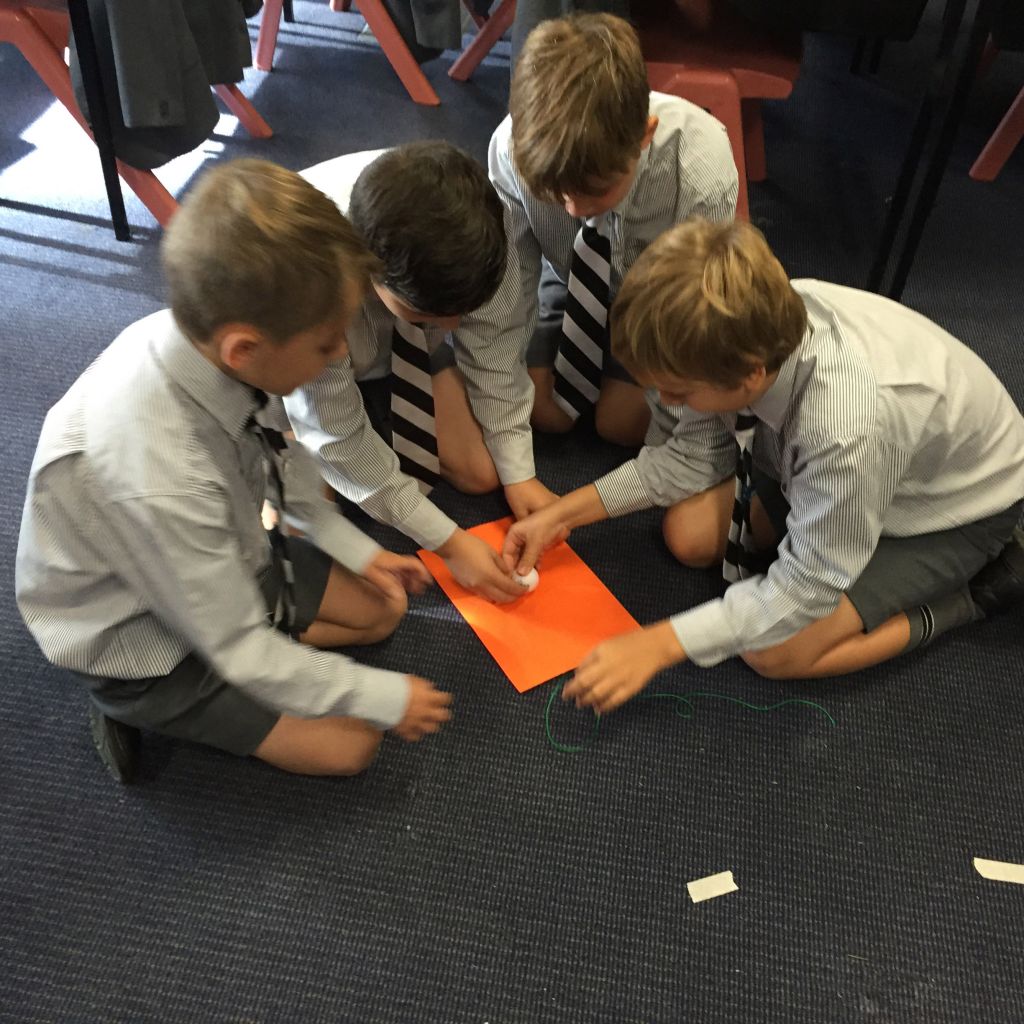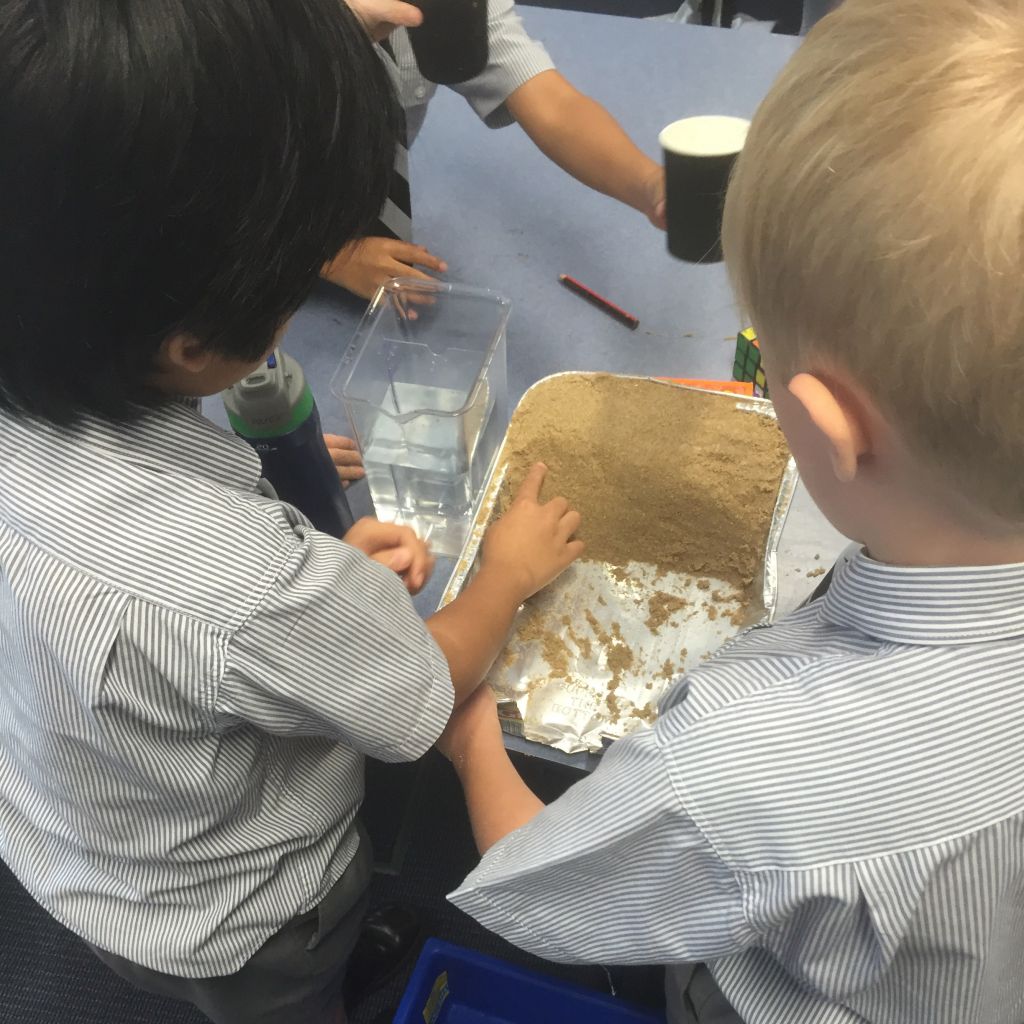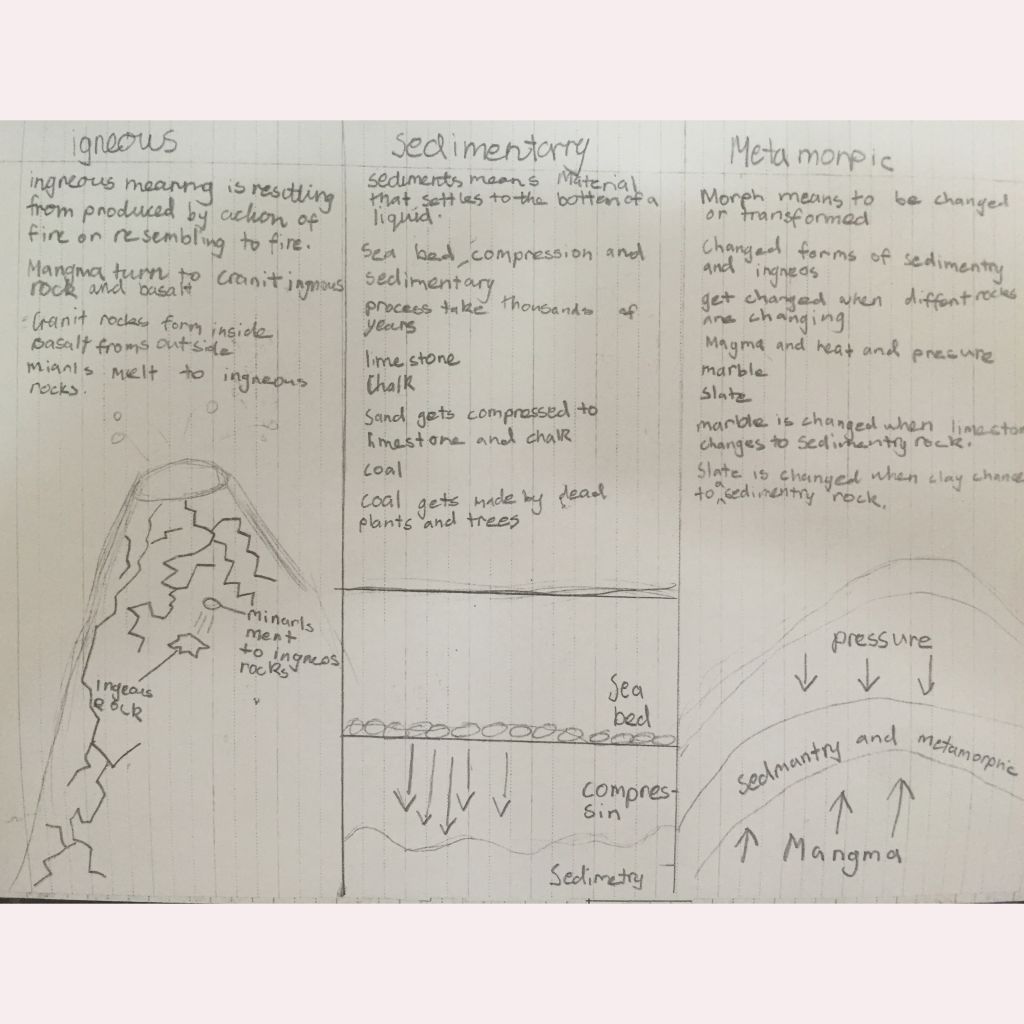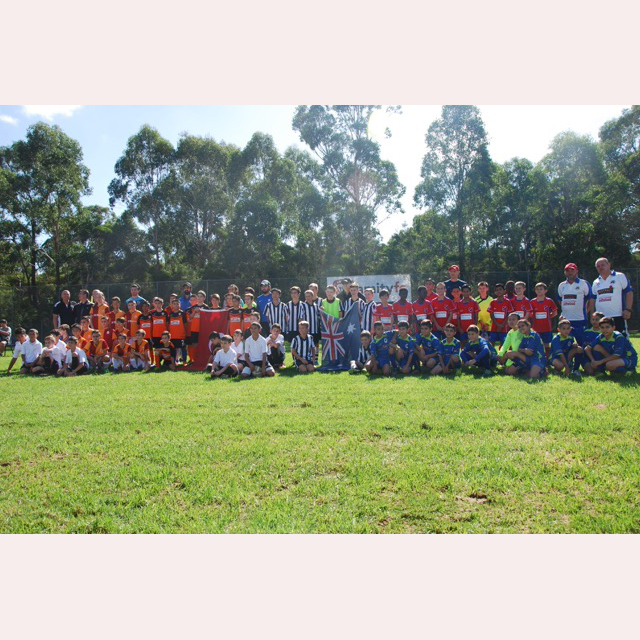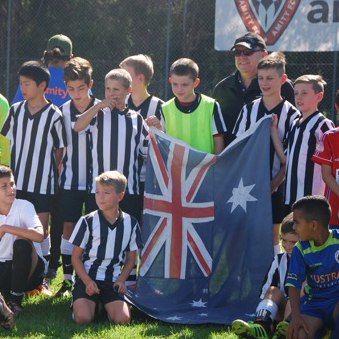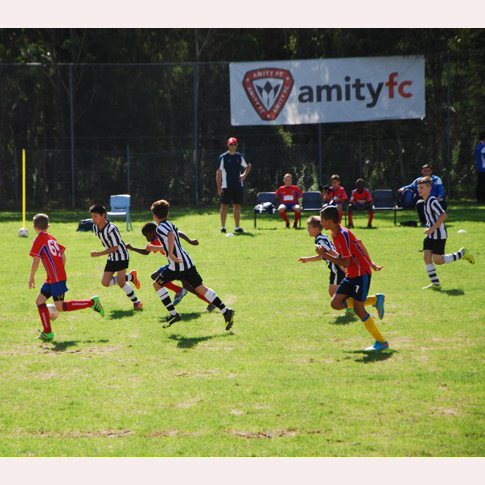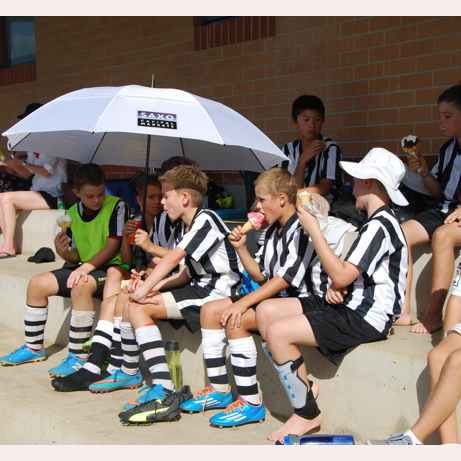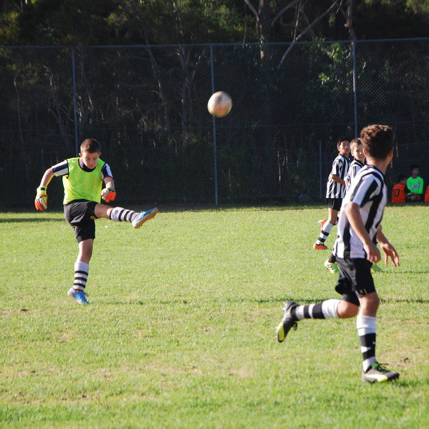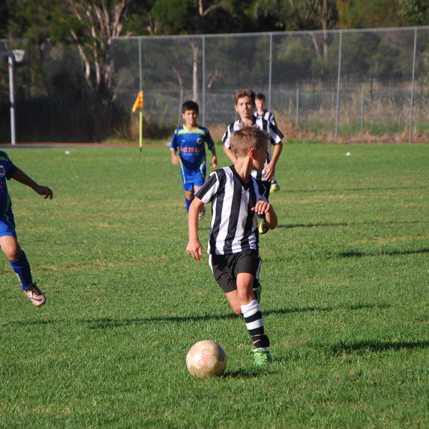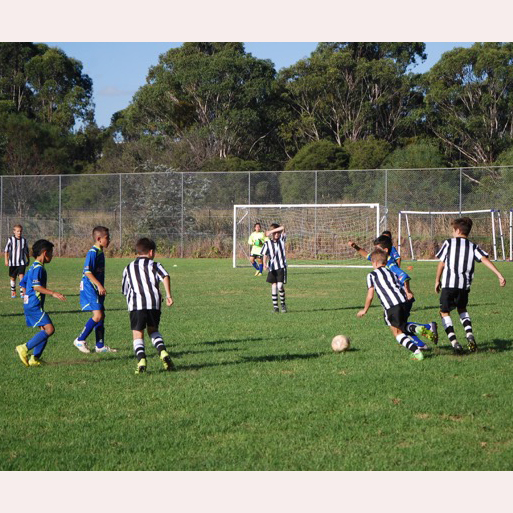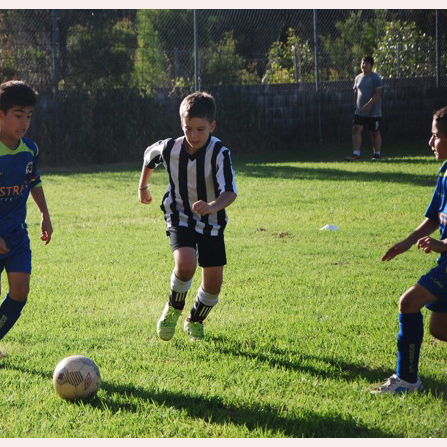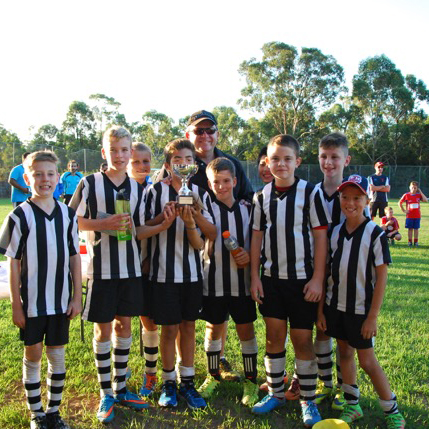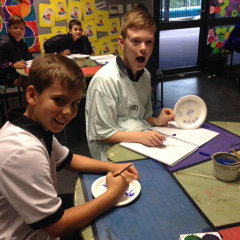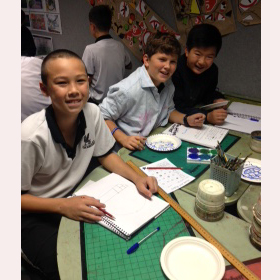Faith Matters
Have you ever considered walking on water?
You are probably aware of the incident in the Bible where the disciples are in a storm and Jesus comes to them walking on the water. Peter gets out of the boat and starts to walk towards Jesus. However, it isn’t long before he starts to sink.
Peter discovered: just because you sink doesn’t mean you’re sunk. Here are two reasons why. First, failing doesn’t make you a failure, quitting does. Failure is just a part of learning. Sir Edmund Hillary made several attempts to scale Mount Everest before succeeding. After one such attempt he stood in front of a photograph of the mountain and shook his fist as he told his audience: ‘Mount Everest, you will not beat me again. You have grown all you are going to, but I’m still growing!’ He learned something from every unsuccessful attempt until one day he succeeded. Winston Churchill said, ‘I’ve never failed at anything in my life. I was simply given another opportunity to get it right.’ That’s the winning spirit!
Secondly, the real failures were the ones who stayed in the boat. They failed quietly and privately; their failure went unnoticed and uncriticised. Although Peter crashed and burned publicly, he experienced the euphoria of walking on the water. He alone knew how it felt to be empowered by God to do what he could never have done by himself. Once you’ve walked on water you are never the same. Peter would take this moment to his grave! Failure doesn’t come from sinking – it comes from letting your fears stop you.
Rev Peter Morphew – Chaplain



